‘Beli Anđeo’ (‘White Angel’)
After this medieval Serbian fresco was hidden for centuries, an image of it became one of the first to be sent into space.
Located in the 13th-century Serbian Orthodox monastery of Mileševa, the “Beli Anđeo” (“White Angel”) fresco is one of the finest examples of the Serbian and European medieval art.
The fresco depicts an angel wearing white robes, sitting on a stone and showing the myrrh-bearers the empty tomb of Christ—the place of his resurrection. The angel’s enigmatic facial expression is often compared to that of Mona Lisa, gazing straight into the observer’s eyes. It is a part of a larger work called “Mironosnice na Hristovom grobu” (“Myrrh-bearers on Christ’s Grave”), which is the work of an unknown artist.
It was painted over in the 16th century, and remained hidden from the public eye for the next four centuries. As that paint started to wear away, the original fresco was discovered underneath. In 1963, the fresco was sent as a message in the first satellite broadcast signal from Europe to America in 1963. The same signal was later sent to space, as an attempt to communicate with extraterrestrial life forms, as a universal symbol of peace, along with photos of the Great Wall of China and man’s first steps on the moon, as well as recordings of whale song.
The monastery of Mileševa is located on the Mileševica River near the town of Prijepolje in southwestern Serbia. Built in Raška medieval architectural style by the Serbian king Stefan Vladislav, it is considered one of the most important places in the Serbian Orthodox Church. The monastery has changed hands several times and weathered damage from floods and lack of upkeep. Over the 20th century it has been restored and resettled, and in 2002 Mileševa became a female monastery.
Know Before You Go
The monastery is open to visitors from 6 a.m. to 7 p.m. in the summer, and 8:30 a.m. to 5 p.m. in the winter. Guided tours are available between 9 a.m. and 5 p.m. every day except Monday. Parking is available outside the monastery. The monastery is a religious site and visitors are expected to follow Orthodox customs. Photography is only allowed in certain areas.
Community Contributors
Added by
Edited by
Plan Your Trip
The Atlas Obscura Podcast is Back!



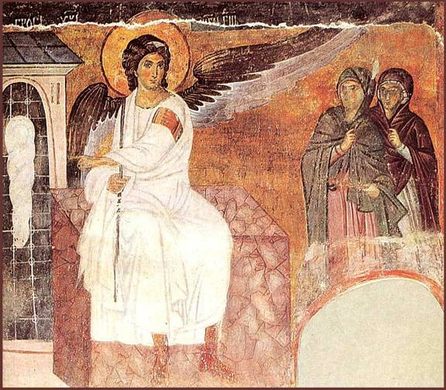


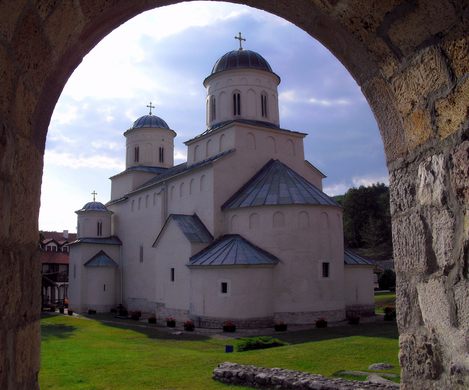
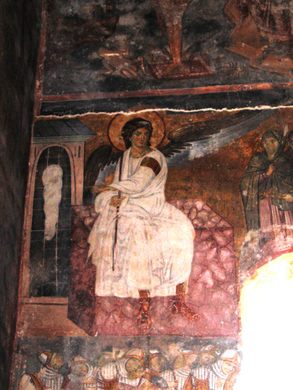







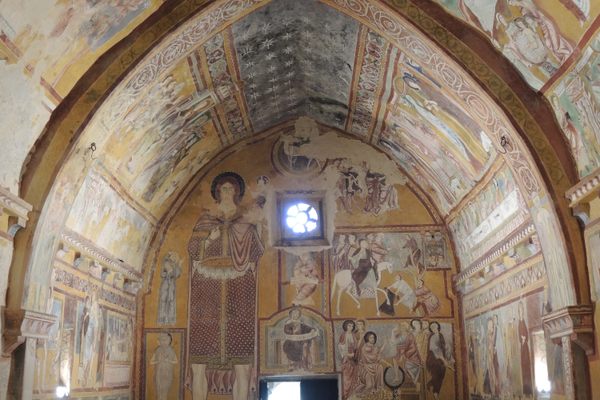


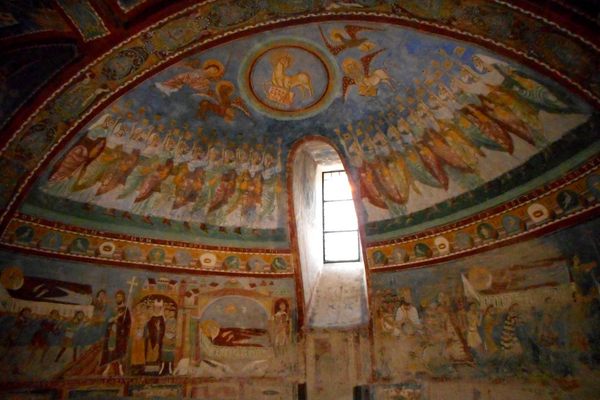

Follow us on Twitter to get the latest on the world's hidden wonders.
Like us on Facebook to get the latest on the world's hidden wonders.
Follow us on Twitter Like us on Facebook